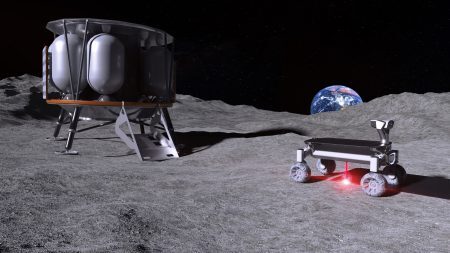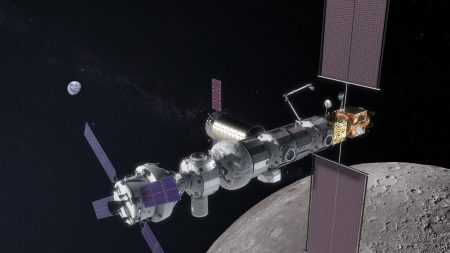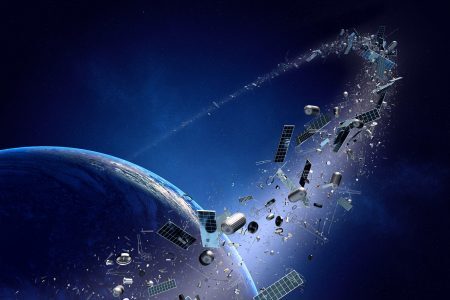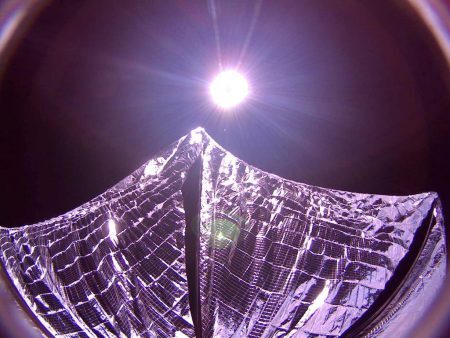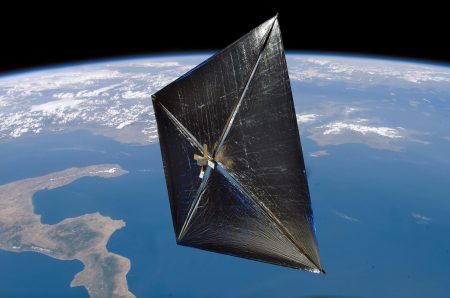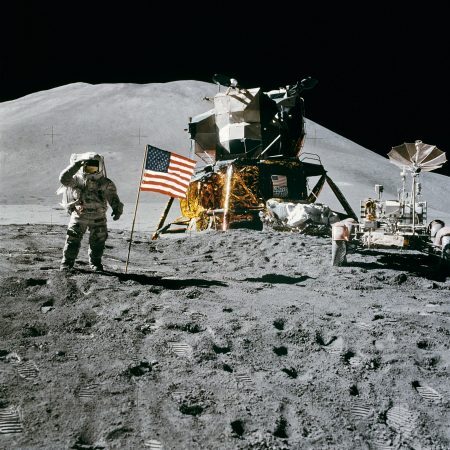Unlike a nuclear weapon, which would vaporize people within 100 feet and kill almost everyone within a half-mile, the death toll from a large-scale cyberattack would be slower. People might die from a lack of food, power or gas for heat or from car crashes resulting from a corrupted traffic light system.
Search Results: NASA (636)
The entire Apollo 11 mission to the moon took just eight days. If we ever want to build permanent bases on the moon, or perhaps even Mars or beyond, then future astronauts will have to spend many more days, months and maybe even years in space without a constant lifeline to Earth. The question is how would they get hold of everything they needed. Using rockets to send all the equipment and supplies for building and maintaining long-term settlements on the moon would be hugely expensive.
Today, discussions about lunar exploration have moved away from establishment of a permanent lunar base as a preliminary for extended exploration. Instead, there has been a significant advance in planning the construction of the Deep Space Gateway – a space station in orbit around the moon. This is an international project between a number of different space agencies.
Recycling satellites could provide not just raw materials for more construction in space, but a revenue stream to fund it. My research showed that an orbit 150 km further out that GEO Gateway Earth would have access to the whole of GEO. From there whole satellites could be taken by space drones into the floating recycling centre for a tune-up if needed.
A sustainable space program requires reliable, fully autonomous robotic systems both for maintaining the existing space infrastructures and for building new ones beyond low Earth orbits. Autonomy is particularly essential to near-future space robotic systems as they must operate in harsh and partially understood environments.
In this week’s Light Start, we’ve got Bill Nye’s science project, US Army audiobooks, Lego Apollo 11 )(in flight), and Disney’s next live-action remake
NASA’s Apollo programme was one of the most challenging technological achievements in the 20th century. Beyond the space race and exploration, it contributed to several inventions and innovations that are still having an impact on our lives. But at the same time, there are several myths regarding what technologies actually came out of it.
The HoloLens is a powerful example of this, as multiple demonstrations of its capabilities showed. The original model was launched four years ago and was used by NASA for its Mars Rover mission. Because of the eight-minute delay in communications from earth to the red planet, controllers needed to map, plan and execute the path the rover would take, former NASA Administrator Charles Bolden told me last year.
This year marks the 50th anniversary of the first Apollo moon landing. This was possible thanks to an extraordinary acceleration of…
The Apollo computer was state-of-the-art in its time, but what would have been different if the moon landing had the state-of-the-art computers that are available today?
I suspect that the software development time would have been a lot faster, due to the software development tools that are available today. It would have been a lot quicker to write, debug and test the complex code required to deliver a man to the moon.


